Get Your Fiber Fix: The 10 Best Foods for Digestive Health
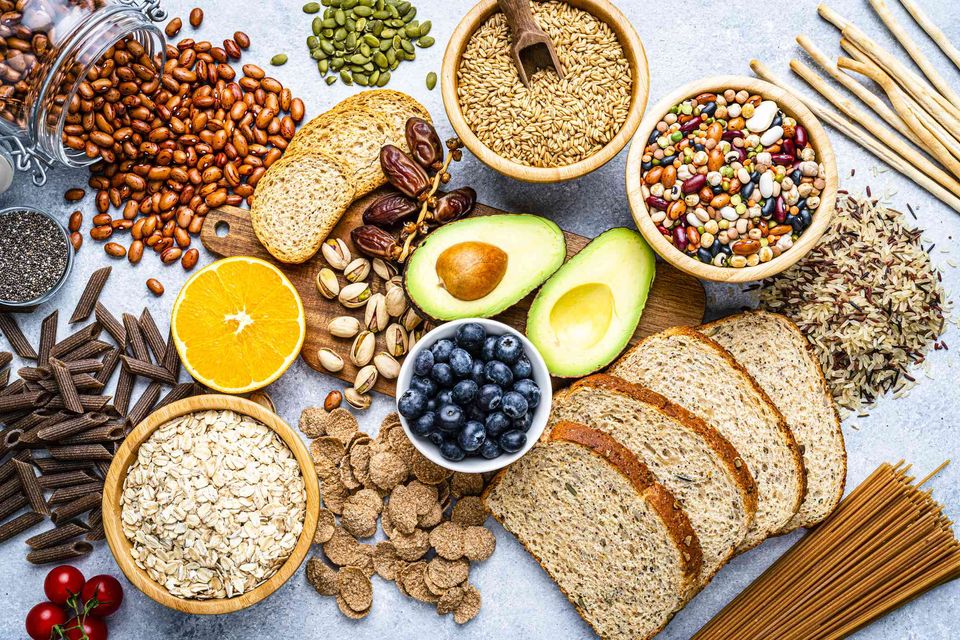
Fiber is an essential component of a healthy diet and is important for maintaining optimal health and weight management.
A diet high in fiber has been linked to a reduced risk of chronic diseases such as heart disease, diabetes, and certain types of cancer. In addition, fiber plays a crucial role in digestive health and can help regulate bowel movements, promote satiety, and control blood sugar levels.
Incorporating high-fiber foods into your diet is an effective way to ensure you are meeting your daily fiber needs. In this article, we will explore the top 10 high-fiber foods and provide a detailed explanation of their nutritional benefits, fiber content, and how to incorporate them into your diet.
The Top 10 High-Fiber Foods
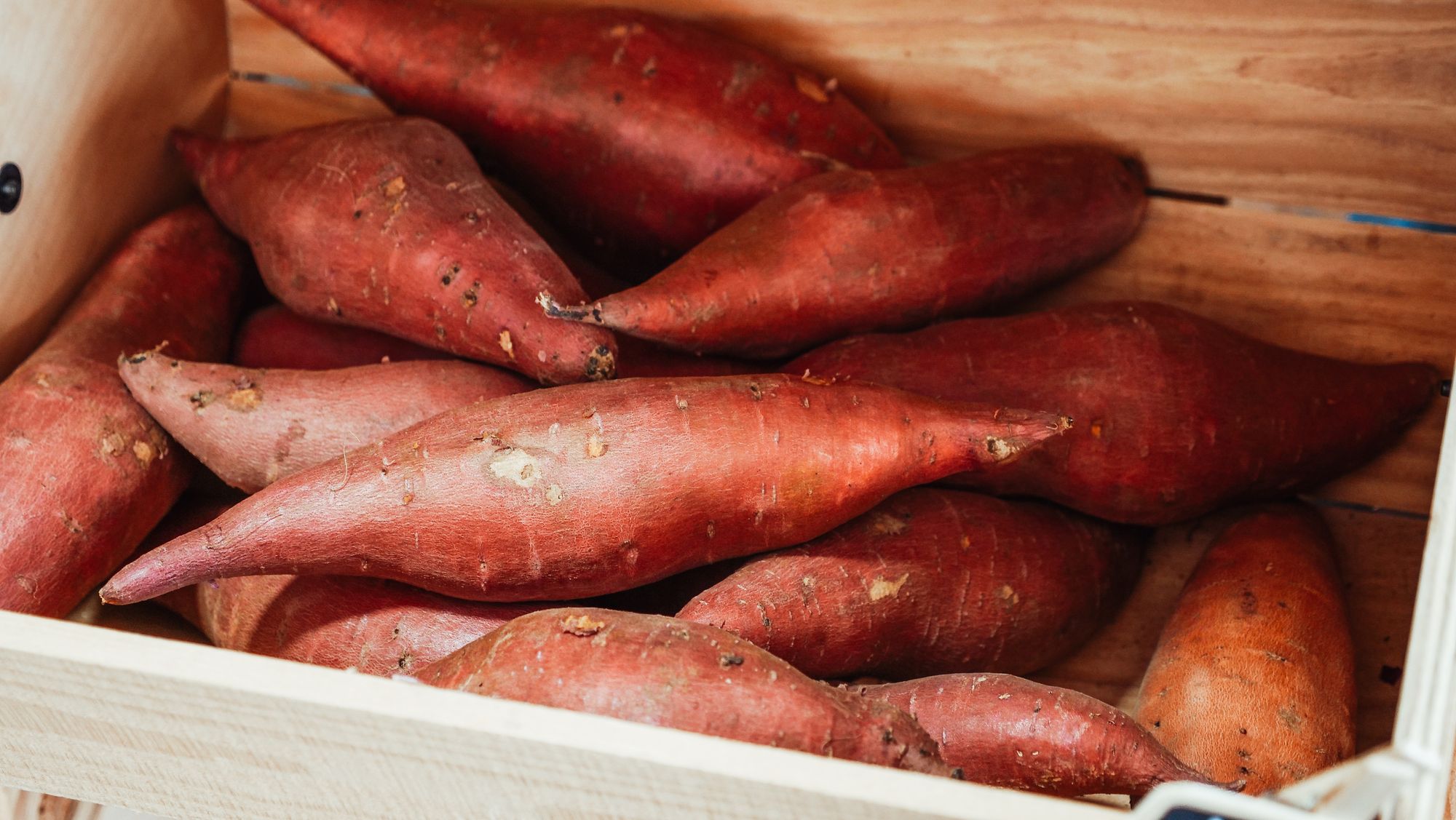
1. Sweet Potatoes, Fiber content: 3 g per 100 g
Nutritional benefits: Sweet potatoes are an excellent source of vitamins A and C, potassium, and fiber. They also contain antioxidants, which help to prevent chronic diseases and inflammation.
How to incorporate into your diet: Sweet potatoes can be baked, boiled, or mashed and used as a side dish or in soups and stews. They can also be sliced and roasted to make a healthy snack.
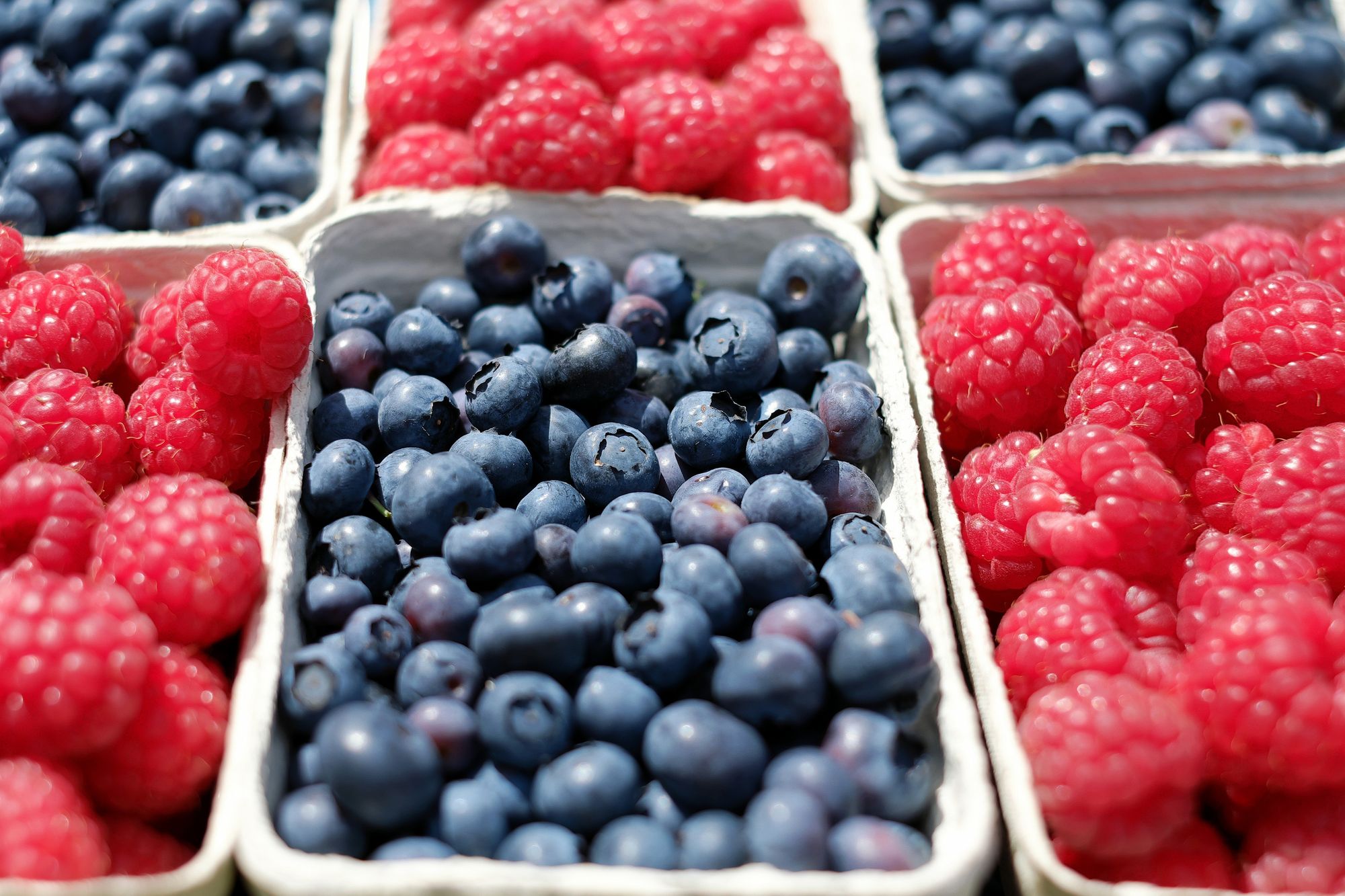
2.Berries, Fiber content: 6.5 g per 100 g
Nutritional benefits: Berries are rich in antioxidants, vitamins, and minerals. They have anti-inflammatory properties and may help to prevent chronic diseases.
How to incorporate into your diet: Berries can be eaten as a snack or added to yogurt, smoothies, or oatmeal. They can also be used in baking recipes or as a topping for desserts.
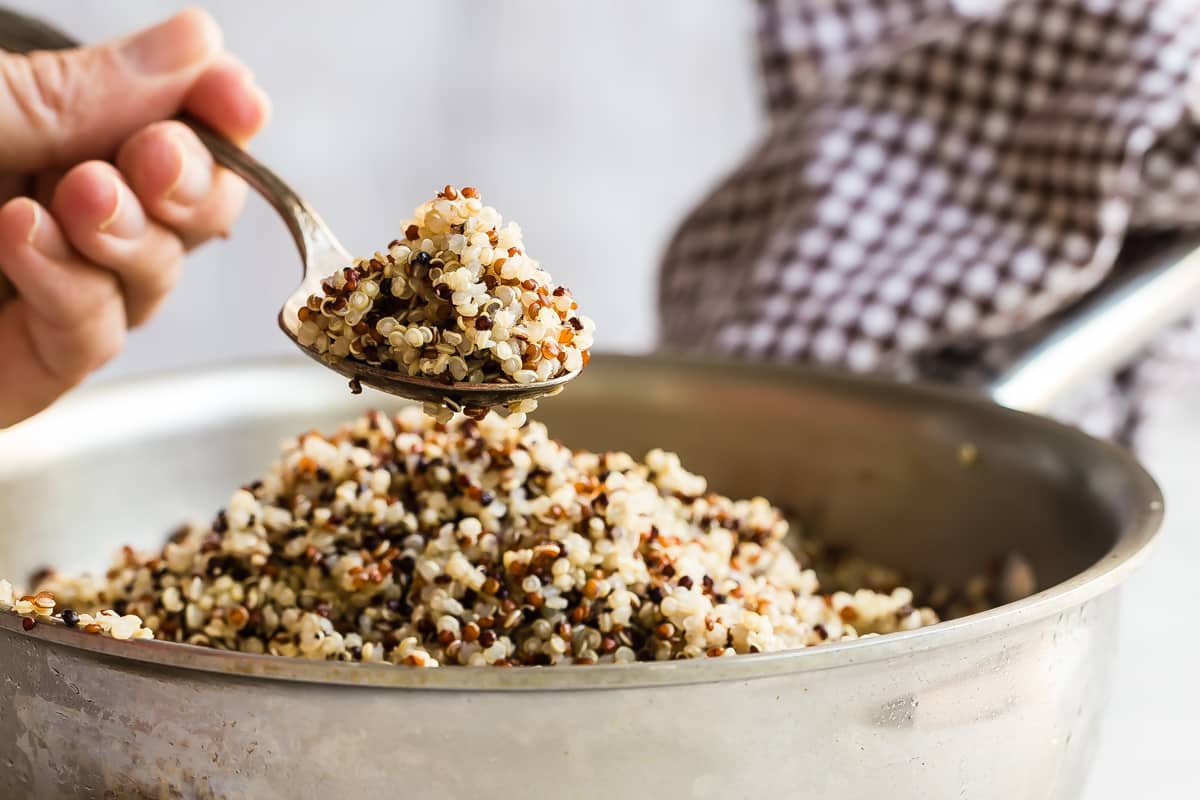
3.Quinoa Fiber content: 2.8 g per 100 g
Nutritional benefits: Quinoa is a complete protein, meaning it contains all nine essential amino acids. It is also rich in fiber, vitamins, and minerals, and has been linked to various health benefits.
How to incorporate into your diet: Quinoa can be cooked and used as a base for salads or as a side dish. It can also be used in baking recipes, such as muffins or bread.
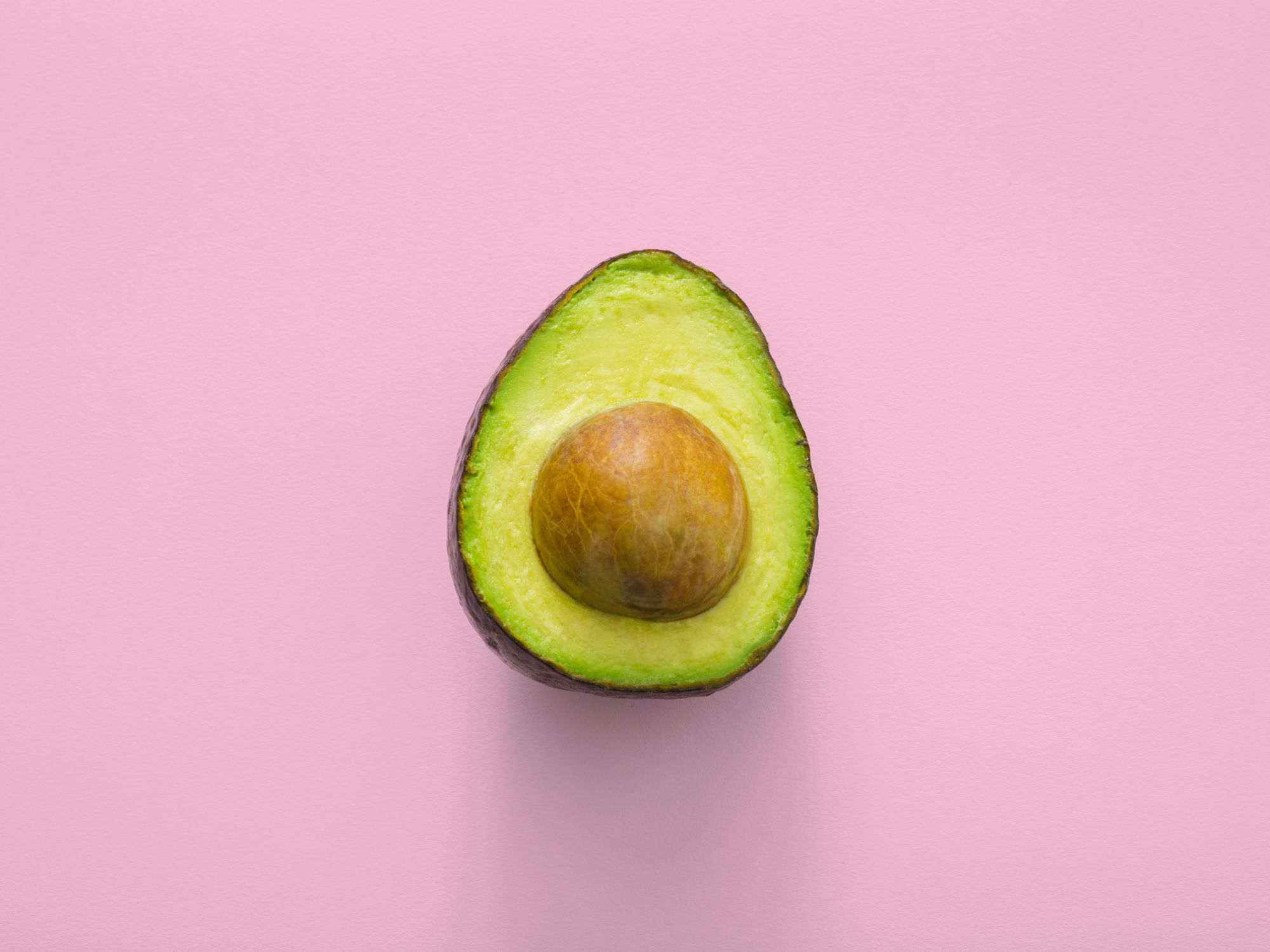
4.Avocado, Fiber content: 6.7 g per 100 g
Nutritional benefits: Avocados are high in healthy fats and fiber, as well as vitamins and minerals. They have been linked to various health benefits, including improved heart health and weight management.
How to incorporate into your diet: Avocados can be mashed and used as a spread on toast or in guacamole. They can also be added to salads, smoothies, or sandwiches.
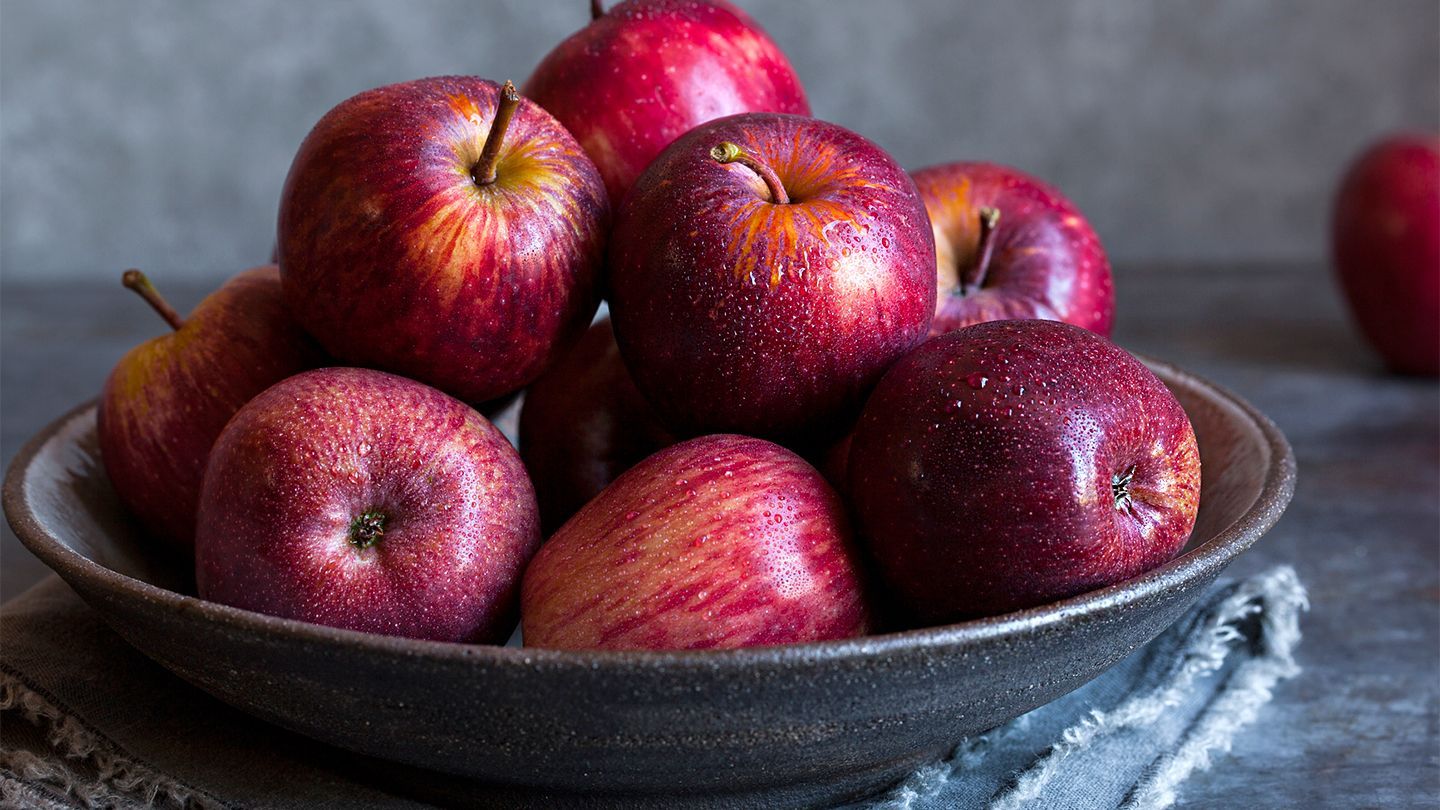
5.Apples, Fiber content: 2.4 g per 100 g
Nutritional benefits: Apples are rich in fiber, antioxidants, and vitamins. They have been linked to various health benefits, including improved digestion and lower risk of chronic diseases.
How to incorporate into your diet: Apples can be eaten as a snack or sliced and added to oatmeal or yogurt. They can also be used in baking recipes, such as apple pie or muffins.
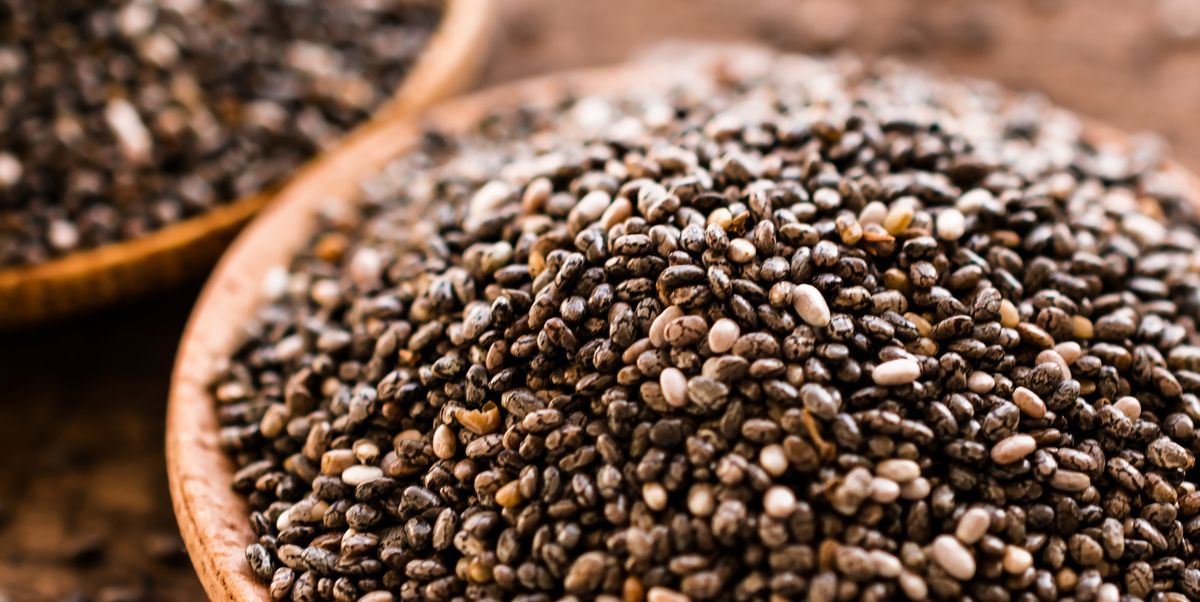
6.Chia Seeds Fiber content: 34.4 g per 100 g
Nutritional benefits: Chia seeds are a good source of fiber, healthy fats, and protein. They also contain antioxidants and minerals such as calcium and magnesium.
How to incorporate into your diet: Chia seeds can be added to smoothies, yogurt, or oatmeal for an extra boost of fiber and nutrients. They can also be used as an egg substitute in baking recipes.
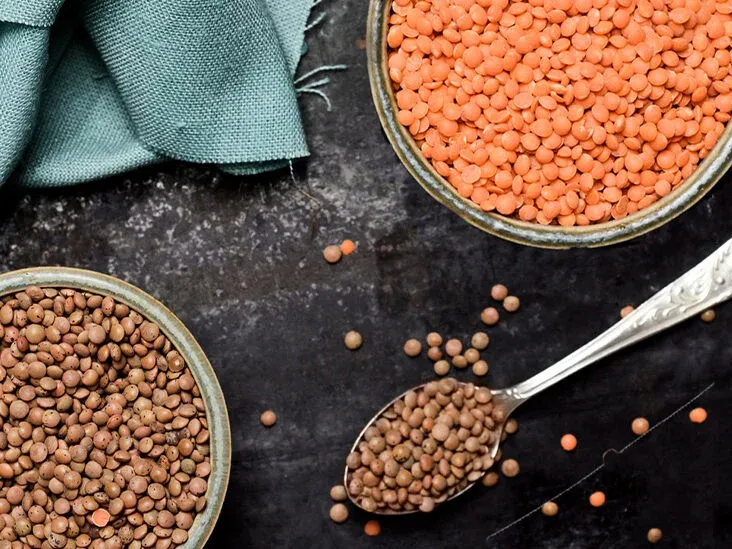
7.Lentils Fiber content: 7.9 g per 100 g
Nutritional benefits: Lentils are a good source of plant-based protein, fiber, and various vitamins and minerals. They have been linked to improved heart health and digestion.
How to incorporate into your diet: Lentils can be added to soups, stews, or salads for a protein and fiber boost. They can also be used as a meat substitute in recipes such as lentil burgers or tacos.
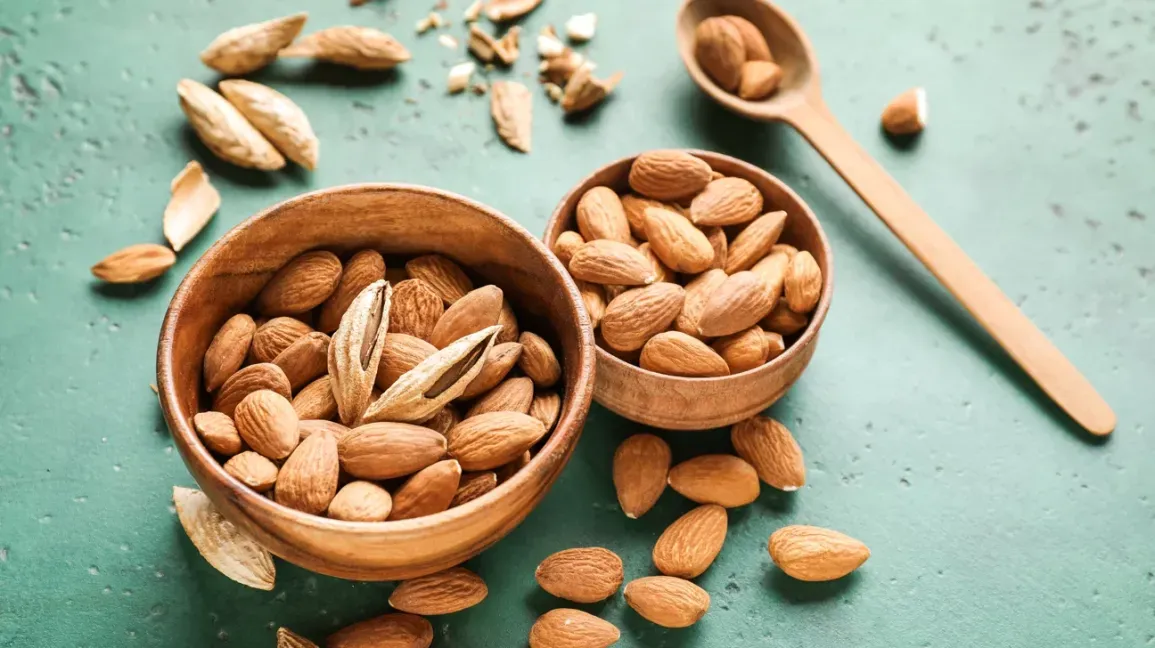
8.Almonds Fiber content: 12.5 g per 100 g
Nutritional benefits: Almonds are a good source of healthy fats, protein, fiber, and various vitamins and minerals. They have been linked to improved heart health and weight management.
How to incorporate into your diet: Almonds can be eaten as a snack or added to salads, oatmeal, or smoothies for an extra boost of nutrients. They can also be ground into almond flour for use in baking, or used to make almond butter as a healthy spread alternative. However, it's important to keep portion sizes in mind as almonds are also high in calories. A small handful or about 30g per day is a good serving size.
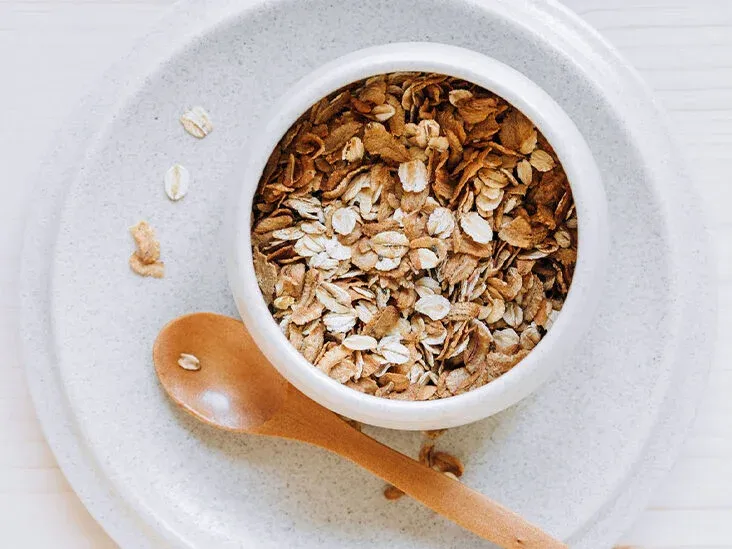
9.Oats Fiber content: 10.6 g per 100 g
Nutritional benefits: Oats are a great source of soluble fiber, which helps to lower cholesterol levels and regulate blood sugar. They are also high in protein and various vitamins and minerals.
How to incorporate into your diet: Oats can be enjoyed as oatmeal for breakfast or added to baked goods such as muffins and cookies. Overnight oats, which are made by soaking oats in milk or yogurt overnight, are a popular and easy breakfast option.
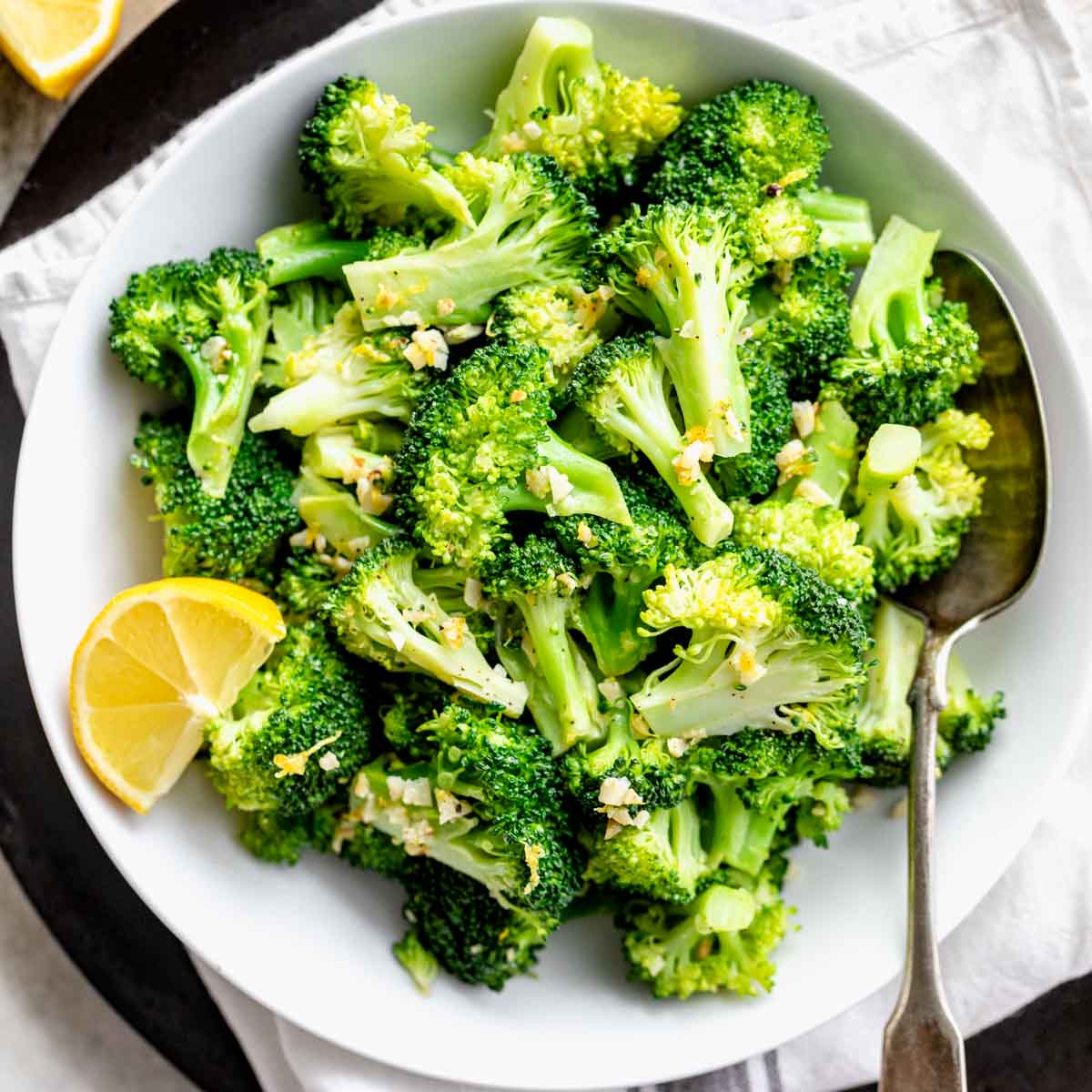
10.Broccoli Fiber content: 2.4 g per 100 g
Nutritional benefits: Broccoli is rich in vitamins C and K, as well as folate and potassium. It also contains various antioxidants and anti-inflammatory compounds that promote overall health.
How to incorporate into your diet: Broccoli can be eaten raw as a snack or cooked as a side dish or ingredient in a main dish. Roasting, sautéing, or stir-frying with spices and herbs can enhance its flavor.
Incorporating high-fiber foods into your diet is a simple and effective way to improve your overall health and well-being. By adding a variety of fruits, vegetables, legumes, nuts, and whole grains to your meals and snacks, you can increase your fiber intake and reap the many benefits that come with it. Remember to also drink plenty of water to help your body digest and absorb the fiber properly. However, it's important to gradually increase your fiber intake to avoid any digestive discomfort. Start by adding one high-fiber food to your diet each week and gradually increase your intake over time. With a little effort and creativity, you can easily incorporate these top 10 high-fiber foods into your daily diet and enjoy the many health benefits they offer.